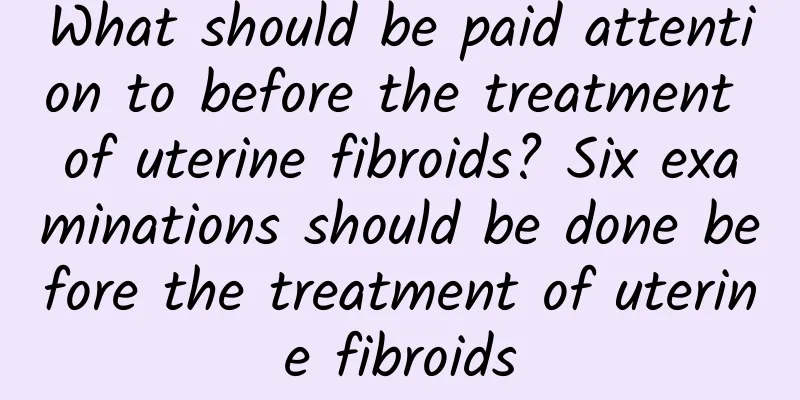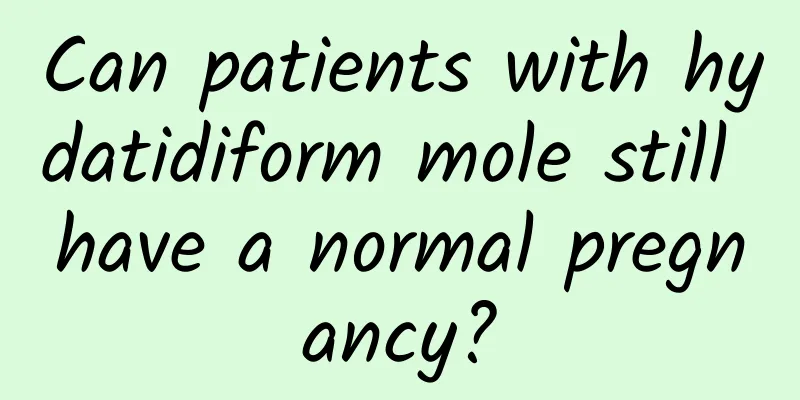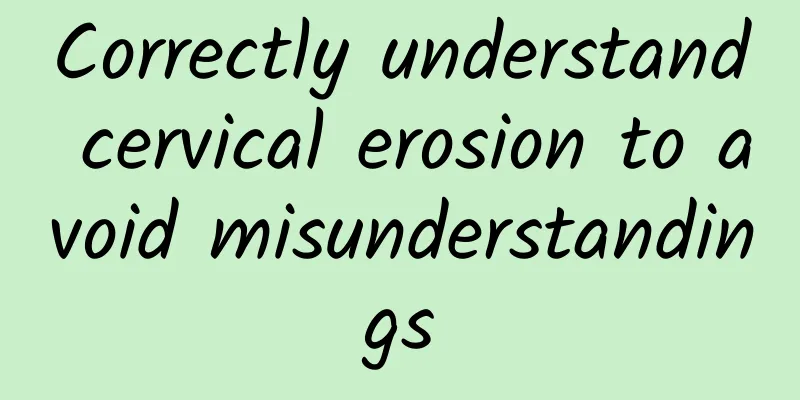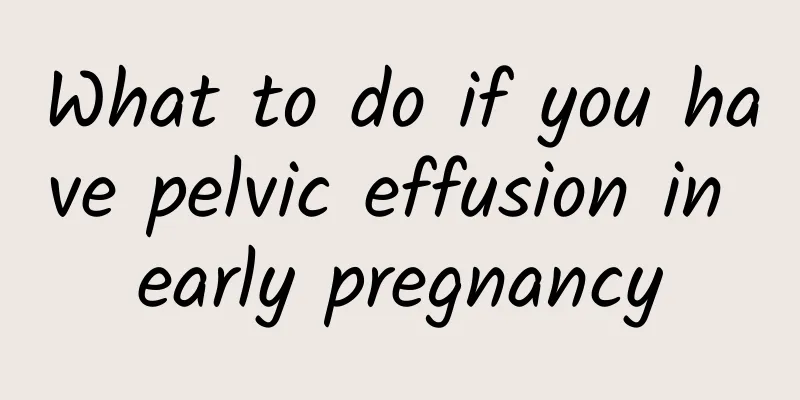What should women do if they have amenorrhea due to polycystic ovary syndrome?

|
Patients with PCOS have symptoms such as irregular menstruation, amenorrhea, anovulation, hirsutism, obesity, infertility and bilateral ovarian enlargement with cystic changes. Some of the symptoms may be present, but infertility due to ovulation disorders is the main clinical manifestation of PCOS. The exact cause of PCOS is unknown, but it is currently believed that the ovaries produce too much androgen, and the excessive production of androgen is the result of the synergistic effects of multiple endocrine system dysfunctions in the body. Clinical features: The clinical manifestations of PCOS vary in severity and mostly occur in women of childbearing age of 20-40 years old. Typical PCOS patients mainly show the following manifestations: 1. Infrequent menstruation or even amenorrhea; 2. Infertility; 3. Obesity: About half of the patients have this symptom, with increased, coarse and black hair, and some hair distribution has a masculine tendency. Some patients also have acne; 4. Bilateral enlargement of the ovaries: The volume of the ovaries can be determined by laparoscopic direct visualization of the ovaries or B-ultrasound imaging. Hormonal changes: Excessive androgen is the basic feature of PCOS. PCOS may also have a significant increase in the following hormones, including testosterone, free testosterone, androstenedione, LH, LH/FSH ratio, free estradiol, estrone and fasting insulin. Polycystic ovary syndrome is a syndrome caused by abnormal feedback regulation mechanism of sex hormones. Its etiology is still unclear, and it is currently believed to be the final outcome of persistent anovulation of the ovaries. Polycystic ovary syndrome is a syndrome caused by abnormal feedback regulation mechanism of sex hormones. The clinical manifestations of this disease are mainly caused by persistent anovulation and androgen excess. Polycystic ovary syndrome causes menstrual disorders: mainly amenorrhea, most of which are secondary amenorrhea. Before amenorrhea, there is often infrequent or too little menstruation, and occasionally amenorrhea and menorrhagia alternate. There are two methods for treating amenorrhea in polycystic ovary syndrome: drug treatment and surgical treatment. Drug treatment The purpose of drug treatment is to curb high androgen and high insulin and restore ovarian ovulation. Clomiphene (also known as clomiphene) and human chorionic gonadotropin are usually used to promote ovulation. Oral administration of dyne 35 can reduce androgen, inhibit hair hyperplasia and acne, and spironolactone or prednisone also has the effect of reducing androgen. Hyperinsulinemia can be treated with insulin antagonists such as metformin. The above drugs have good therapeutic effects, but they must be used under the guidance and supervision of a physician. Surgery The traditional method is to open the abdomen and perform wedge-shaped removal of the diseased ovary to restore the ovary to normal size. Although laparotomy has a better effect, the operation may cause pelvic adhesions and affect the postoperative pregnancy rate. Therefore, laparoscopic surgery is currently used. Laparoscopic surgery can not only make a diagnosis under direct vision, but also perform surgical treatment on the ovaries at the same time, using electrocoagulation or laser puncture. The postoperative ovarian ovulation rate can reach about 80%, and it can also reduce pelvic adhesions, which is conducive to postoperative pregnancy. |
<<: What are the care methods for functional uterine bleeding in adolescence?
>>: How to prevent infertility caused by irregular menstruation?
Recommend
Eat and lose weight! 13 Must-Eat Fat-Burning Foods
Many people worry that eating too much starchy ro...
How to prevent irregular menstruation? There are 4 common ways to prevent irregular menstruation.
Menstruation is an important physiological charac...
Do you know the dangers of adnexitis?
What are the hazards of adnexitis? Do you know wh...
What is a miscarriage? How to determine if a miscarriage is clean?
To determine whether the miscarriage is clean, yo...
Experts describe the main symptoms of hyperplastic vulvar leukoplakia
Although hyperplastic vulvar leukoplakia is not v...
Understanding the causes of bacterial vaginosis bleeding
Bacterial vaginitis not only causes vaginal itchi...
Nutritionist: 3 ways to avoid gaining weight when eating hotpot in winter
The wind is cold and it’s time to try hotpot. Nut...
Two principles for hot spring bathing and eating good food to prevent obesity
"Bathing in hot springs" to fight the w...
What are the common types of cervical warts?
Cervical warts are a sexually transmitted disease...
Does low menstrual flow affect egg quality?
For female friends, they experience menstruation ...
Causes of vaginal candidiasis in women
Vaginal candidiasis is a common gynecological dis...
What are the dangers of candidal vaginitis?
Vaginitis is a very common gynecological disease....
Does pregnancy with vaginitis and cervicitis affect the baby?
Does pregnancy with vaginitis and cervicitis affe...
What are the symptoms of intrauterine adhesions? Pay attention to timely treatment
If there is long-term gynecological inflammation ...
Learn more about the precautions for medical abortion
With the development of science and technology, t...









